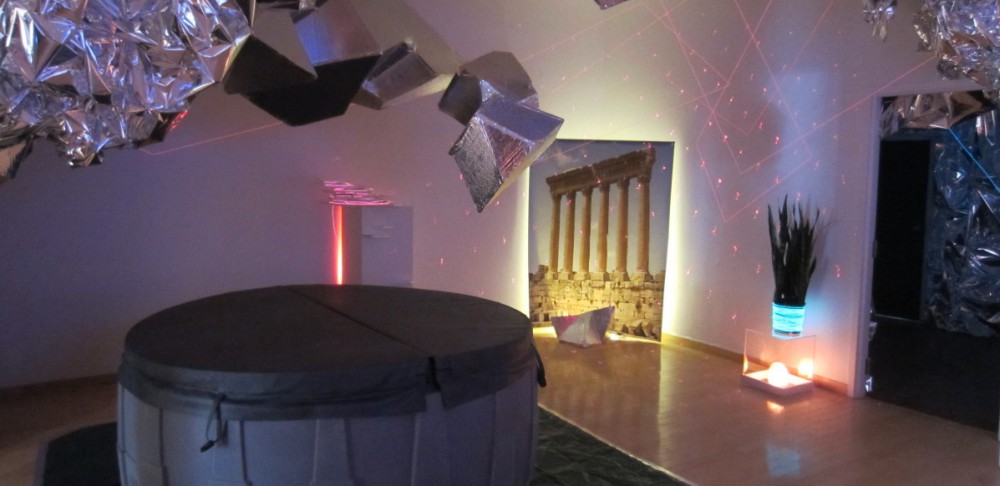I had seen Blade Runner prior to reading the book, and I used to love every second of it, but honestly, the book makes the movie look like a joke. The book just has such rich powerful scenes, but the movie just consists of scenes that embody the themes of the book, but do not fully realize them. The movie just boils down to a love story between Deckard and Rachael. Luft, Resch, Iran, Buster Friendly, and other have been completely written out. There are, however, some really nice changes that I wish were in the book, because they connect really well to the question: what defines being human? Specifically, the changes that I enjoyed are: the crowded city, the confrontation of Roy Baty and Tyrell, and Rachael trying to prove her memories are real.
As we all know, in the book emptiness is a recurring theme. Isidore lives in s building with no other tenants, there is an overall lack of life. This, however, is not something that carries over to the film adaptation. As we have seen, in the film there are crowded alleys, what appear to be bazaars, strip clubs, and even public transportation. This is is anything but empty. I find this to be an interesting change. In the book the emptiness and lack of communication between humans is meant to symbolize the lack of empathy that the humans claim to have, and instead are very solitary creatures. But I prefer the film, because it is meant to show how easily an andy blends into society, further emphasizing how strange it is that they are persecuted, despite the lack of a difference from humans.
Another scene that really blurs the lines between real and fake is when Deckard is talking to Rachael in his apartment. Deckard harshly tries to convince Rachael that her memories are fake, but suddenly he stops when she has these innocent child like eyes that appear as if they are about to cry. I loved this scene because it now only shows how the andys are emotionally sensitive, but also how Deckard noticed it and did not want to hurt her. Having an emotional scene like this really shows how the andys are truly no different from the humans.
Finally, the last scene I loved from the movie that I need to see added into the book is Roy killing Tyrell. What is more human then the search for ones maker, whether it be science or god. This was also a nice way of incorporating religious undertones, instead of the way Dick incorporated religion in his book. Additionally, he had searched for his maker because he wanted to live, he obviously fears death. Why do humans turn to religion? Because they fear the unknown; they fear what comes after life, and they want to know that there is more, that there is no end. When Roy finds out there is nothing Tyrell(god) can do, he becomes angry enough to kill his maker.
I just love the emotion that the andys in the movie express, and I wish that someone would work some of these movie scenes into the book. In fact, I challenge someone to do this, incorporate these three scenes into the book, and cut out everything from chapter 20 and on. I believe doing those things would make the book a master piece.



